
5 Trends Charging the Battery Market
Battery Market—Rapid Growth

Rapid growth in the electronics industry means demand for batteries, and other types of renewable energy storage systems, is skyrocketing. In fact, the global battery market is projected to reach $423.90 billion by 2030. Here are some of the industry’s biggest trends for 2024, including supply chain challenges, component shortages, and the latest innovations.
1. Increasingly Stringent Safety Measures

Commercial lithium-ion batteries are generally safe, but they can overheat, catch fire, or explode when they are damaged, charged in an unsafe manner, or of poor quality. In recent years, various legislation has been enacted to prevent such occurrences—a trend that will continue into 2024 as new products and new challenges around battery safety emerge.
Background and Importance of Safety in Batteries
In 2022, for example, the U.S. Consumer Product Safety Commission (CPSC) reported that at least 19 people had died as a result of overheating incidents related to battery-powered products like e-bikes, scooters, and hoverboards. These micro-mobility devices were responsible for at least 208 fires and 142 injuries in New York City.
The CPSC has since been actively involved in monitoring and regulating the safety of consumer products, including those powered by Li-ion batteries. In addition, a statewide database in Arizona recorded 37 lithium-ion battery fires up to July 2023 alone. These resulted in two injuries and one fatality.
Proactive Measures and Innovations
Here are a few more of the safety measures put in place in relation to batteries.
United Nations Manual of Tests and Criteria: The UN has established a series of tests (UN 38.3) that Li-ion batteries must pass to be deemed safe for transport. These tests include assessments for thermal, vibration, shock, external short circuit, impact, overcharge, and forced discharge.
IEC Standards: The International Electrotechnical Commission (IEC) has developed standards, like the IEC 62133, which outlines requirements for the safe operation of portable sealed secondary cells and batteries.
Underwriters Laboratories Certification (UL): The UL provides certification for battery safety, with UL 1642 and UL 2054 being critical standards for Li-ion battery cells and packs, respectively.
Safety Innovations
The measures put in place are not the only way safety is being regulated. New innovations are also helping keep batteries safe. Here are a few of the recent developments:
Enhanced Battery Management Systems (BMS): Advanced BMS technologies are being developed to monitor and manage battery health, temperature, and charging cycles. These systems can detect anomalies and take preventive actions to mitigate risks.
Solid-state Batteries: Researchers are exploring solid-state batteries, which use a solid electrolyte instead of a liquid one. These batteries are inherently safer, with a lower risk of overheating and fire.
Improved Manufacturing Standards: Manufacturers are adopting stricter quality control processes to ensure the consistency and safety of Li-ion batteries. This includes better materials, more precise manufacturing techniques, and rigorous testing.
Public Awareness and Education: Efforts are being made to educate consumers about the proper use, charging, and disposal of Li-ion batteries. This includes guidelines on avoiding counterfeit products, using appropriate chargers, and recognizing signs of battery damage.
As the use of Li-ion batteries continues to expand, especially with the growth of electric vehicles and renewable energy storage, the focus on safety will also grow. Future developments may include tighter regulations and more comprehensive standards, both nationally and internationally, innovative safety features integrated into batteries and battery-powered devices, and industry-wide collaborations to share best practices and improve safety standards.
2. Development of Smaller Batteries

Battery technology continues to improve and evolve. As devices are generally getting smaller, so are the batteries that power them. The consumer electronics sector is flooded with new and improved technologies, which increase the demand for smaller battery cells with a higher energy density.
The wearable technology market is valued at $186.48 billion in 2024 and is anticipated to reach $493.26 billion by 2029. The functionality of wearable devices, such as smart watches, virtual reality (VR) headsets, and fitness trackers, is becoming more sophisticated, which means power drains more quickly, and the devices are becoming smaller.
As a result, manufacturers are racing to develop compact and longer-lasting batteries. In February 2022, for example, a team of researchers from the Chemnitz University of Technology (CUT) unveiled the world’s smallest battery, which is no bigger than a grain of sand. Furthermore, a Chinese startup called Betavolt has recently unveiled a nuclear battery the size of a coin which has the ability to last 50 entire years without the need for recharging.
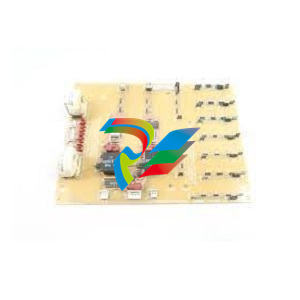
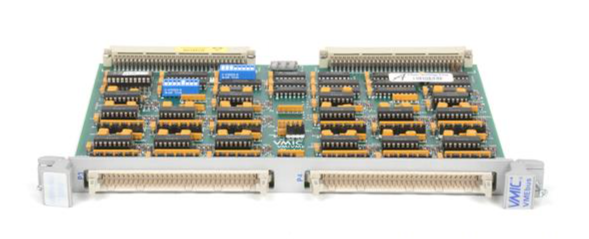
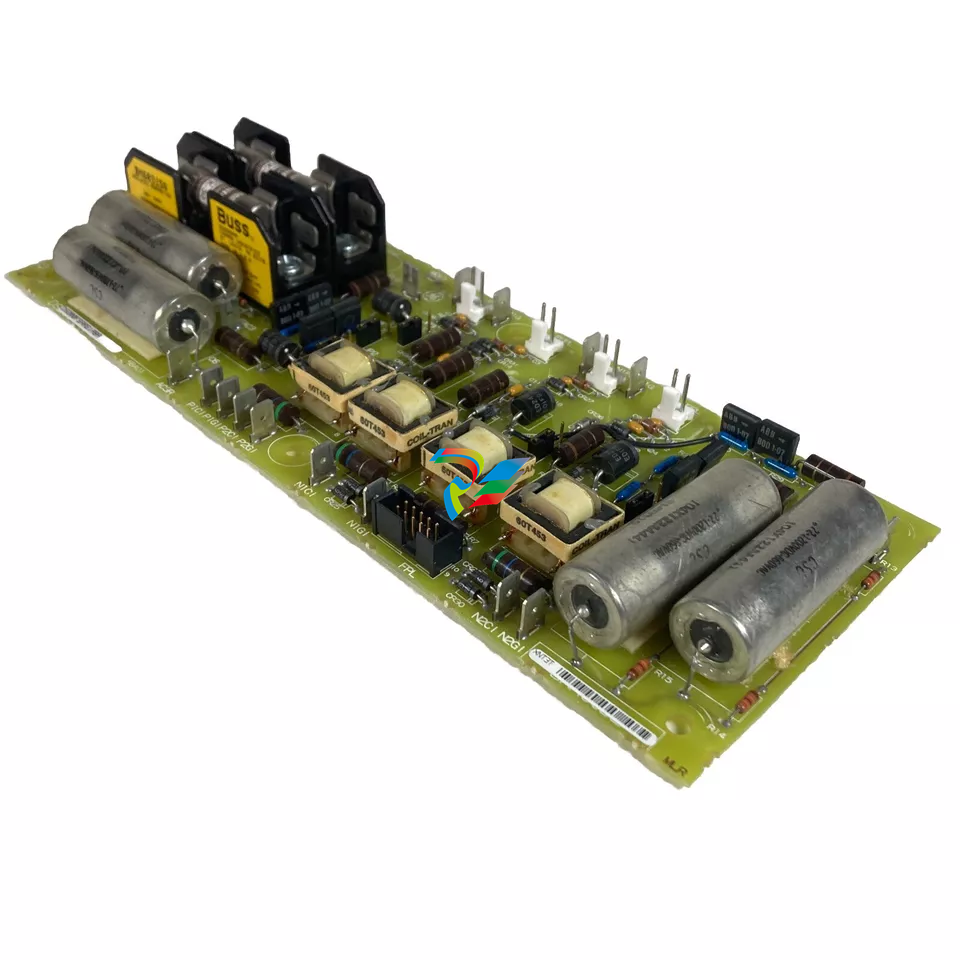
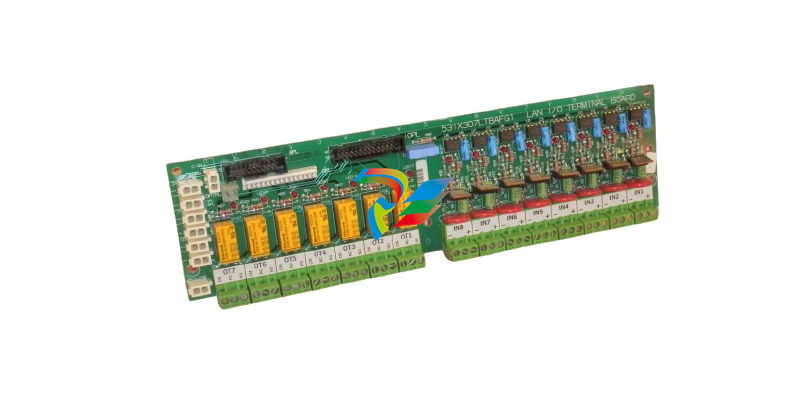



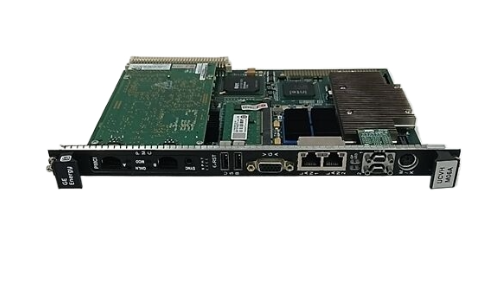
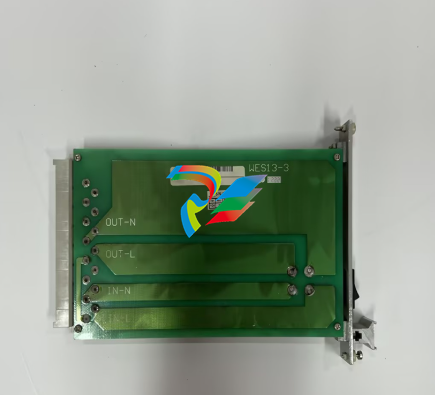
.jpg)
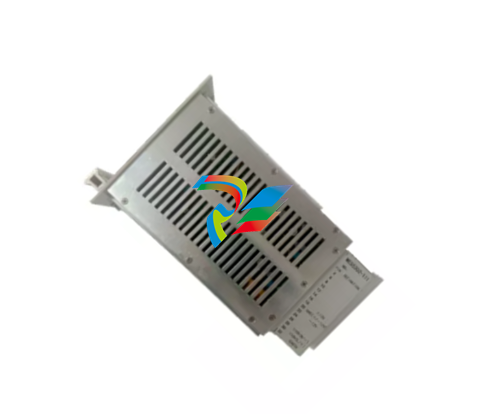
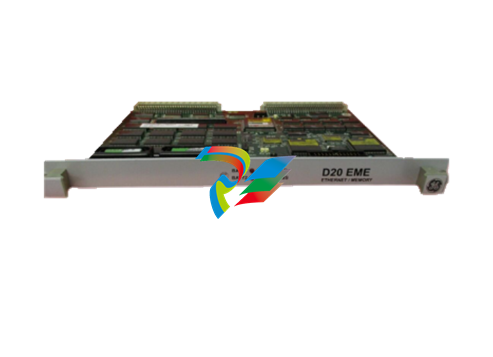
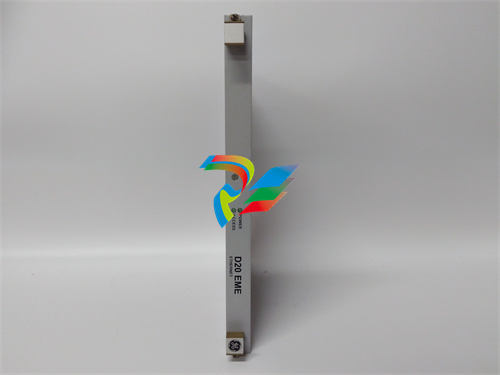
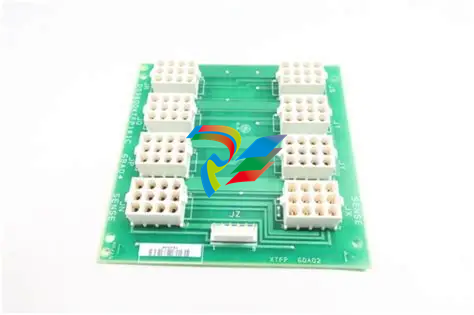












































.jpg)
.jpg)





.jpg)



.png)
.jpg)

.jpg)
_lVjBYb.jpg)

.jpg)
.jpg)



.jpg)
.jpg)







.jpg)

.jpg)
.jpg)











.jpg)




.jpg)
.jpg)
.jpg)
.jpg)
.jpg)
.jpg)
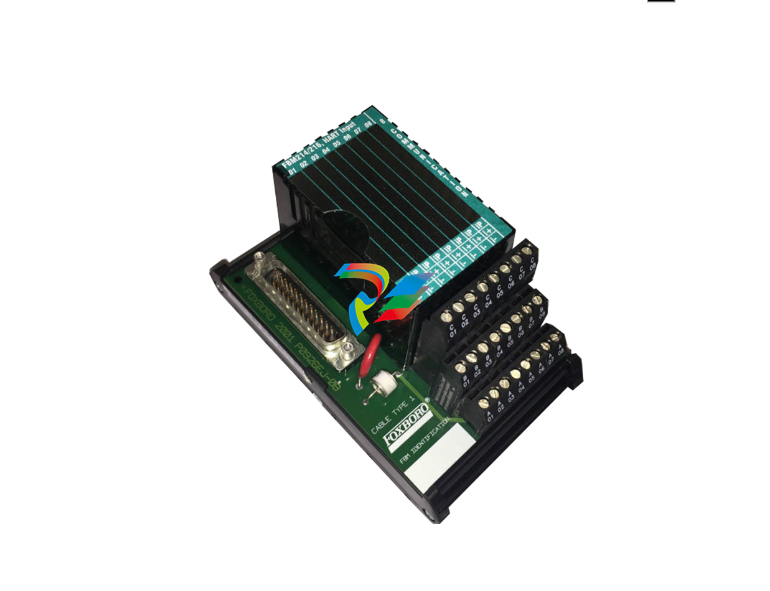
.jpg)
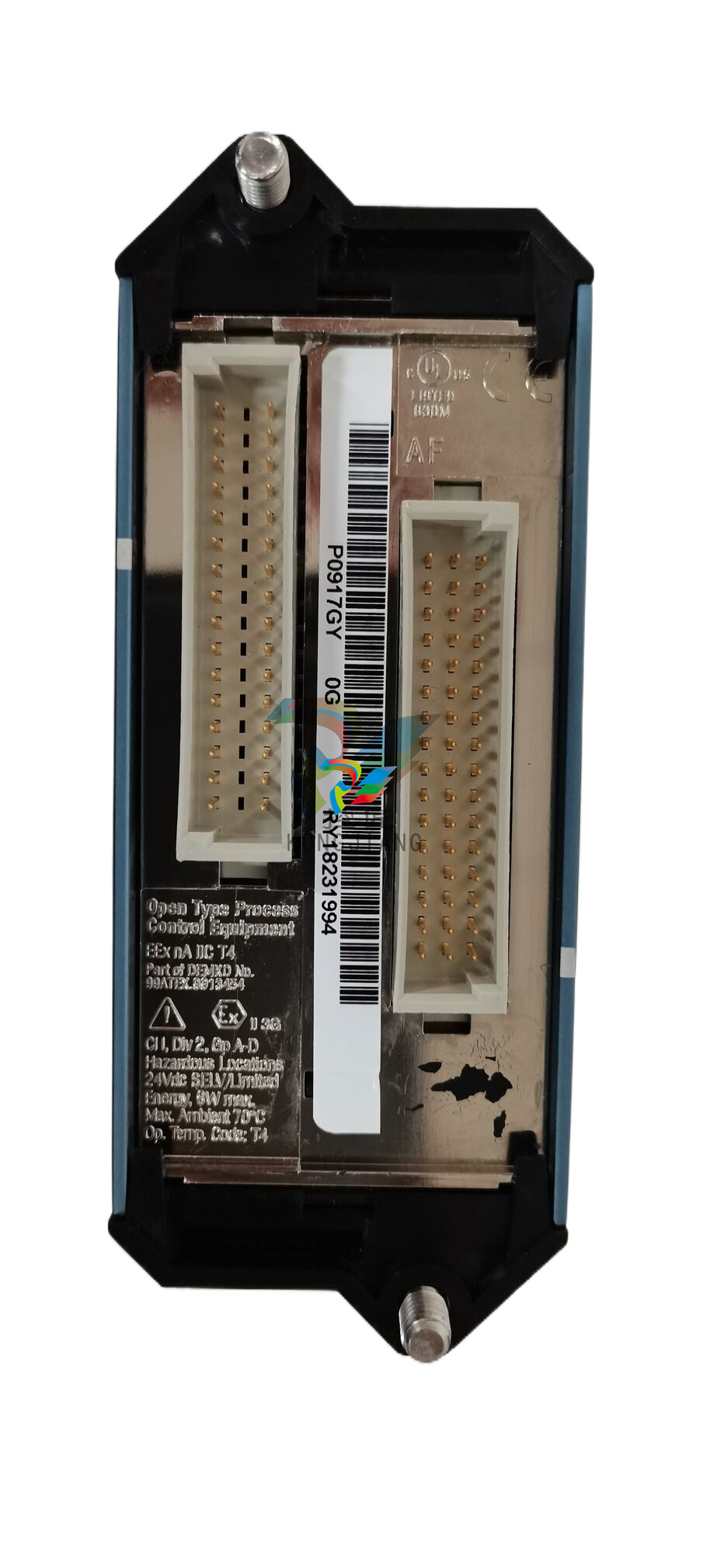
.jpg)
.jpg)
.jpg)


